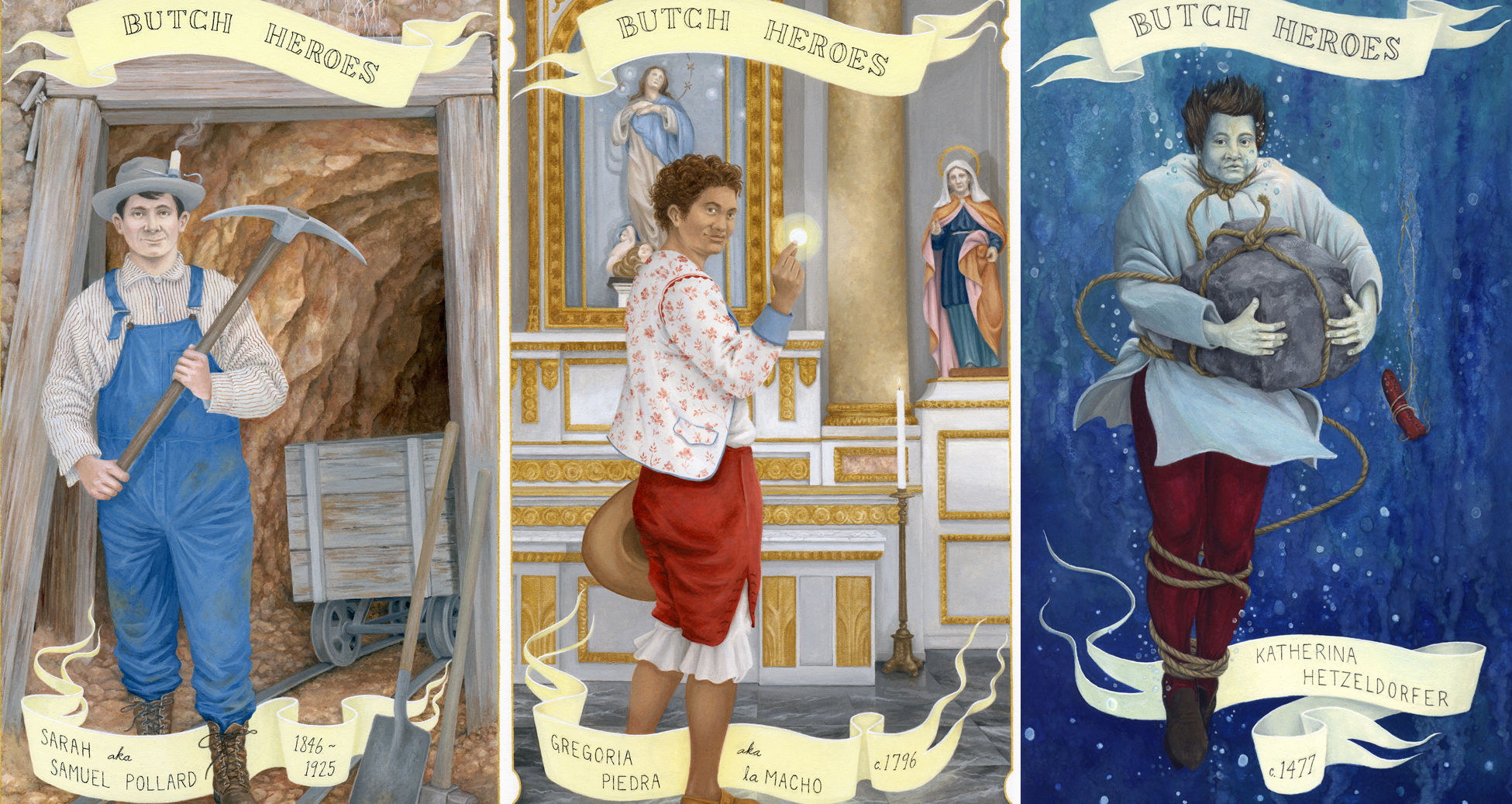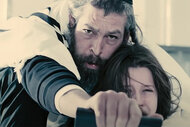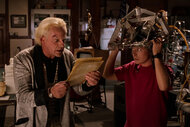Create a free profile to get unlimited access to exclusive videos, sweepstakes, and more!
How Ria Brodell's Butch Heroes reclaims gender variant history

The first time I opened Ria Brodell's Butch Heroes, I started to weep. We're not talking a few tears gathering at the corners of my eyes expressing a sort of joyful release, but the kind of deluge of sobs that make you wonder if your heart can contain everything you feel.
My mother-in-law had gotten the book for me as a gift and what I found inside was radical acceptance, radical affirmation, and a fearless reclaiming of gender variant heroes. Every page was filled with images and stories of people who lived throughout the world, finding a way to make their love, their sexuality, and their gender things they could live with — regardless of how others perceived or treated them. Every story embraced a new facet of gender fluidity, transgender identities, and queerness, seeming to say, "Look at all these valid ways of being in the world. Look at this history you have."
Perhaps the most powerful aspect of the paintings and biographies was how they resist labels and resist categorizing and defining the bodies, experiences, sexualities, and genders of those depicted. In crafting these beautiful portraits and their short biographies, Brodell balances what was, what is, and what yet may be — which is to say that Brodell grapples with the shortcomings of language historically by choosing not to label historical figures with current terminology. At the same time, the very act of creating a series and book called Butch Heroes cracks open our perception of queer history and who gets to make it.
Reclaiming art history, religious history, and queer history
Brodell started this project as an outgrowth of self-exploration. "I'd read that [at various points throughout history] a lot of queer folks joined the church to be in community," Brodell tells SYFY FANGRRLS. "I was thinking about where I would have gone. Thinking of myself in the middle, would I have joined a cloister or a monastery?"
That question made Brodell wonder about how other gender variant and nonbinary people navigated that experience historically. As Brodell discovered the histories of gender variant folks, mostly in lesbian history books, they realized they absolutely had to do something.
While they were teaching about altar paintings one day, Brodell saw a familiar painting of St. Stephen in a new light. He had a rock lodged in his head and there was blood trickling down. It brought to mind the Catholic holy cards Brodell had been raised around but always felt distant from. "What if I painted these people that I'm finding as holy cards as a way to acknowledge queer folks and subvert that style?"
What started as curiosity and self-exploration has blossomed into a decade-long effort resulting in dozens of paintings and biographies. Taken together, the paintings become a sort of queer pantheon—the basis for a queer mythos built on a history that cisgender, heterosexual society has widely tried to erase. The paintings are a testament to both the reality that gender variant people have existed throughout history—and to the capacity of the queer imagination to reconstruct and reclaim their existence as inspiration for ourselves.
Brodell keeps coming back to this project because it's constantly new. "With each painting, there are new challenges—from finding what their clothing would look like to their occupation," Brodell says. "Once I find the person, then I have to figure out if they were a real person. Then I make a bullet point list of all the things that take place in their life, where they lived, their occupation, etc. Then I decide how I want to depict them. Sometimes that comes right away, like if they have a cool occupation. Sometimes it's their trial or punishment."
An important part of the project is Brodell's refusal to sanitize how real gender variant folks were treated within society. At times, that means depicting the state-sanctioned murders of people for all kinds of "moral" "offenses." Even in death these paintings show tenderly wrought characters gazing at the viewer, defiantly themselves — as much as the paintings may portray someone dying, they also show someone living proudly as who they are. Brodell shows the subjects of her portraits "living through that torment or those punishments with dignity, as if to say 'Do what you will to me, but I still have my convictions and my beliefs and I'm still who I am.'"
"I don't want to depict gratuitous violence but I don't want to erase the violence done to people. They endured intense deaths," Brodell says. "It's also a Catholic thing. Violence is part of Catholic imagery and I grew up with it."
The personal is political
This project has been incredibly personal for Brodell. "Seeing how people lived throughout history and cultures throughout the world, knowing they made a place for themselves makes me feel comfortable with who I am and not worry about terminology." Brodell notes that the term nonbinary didn't enter common usage until recently, but that folks who we would describe as nonbinary have always existed throughout history. "We've always been around and found a place despite what governments or religions thought about us. And, there were so many cultures throughout history that allowed multiple genders and sexualities and it's amazing. It makes me feel more comfortable with who I am."
Brodell isn't done with this project — or maybe it's not done with them yet. "I'm still making the paintings. I've done quite a number of them since the book came out and I'm hoping to write a Volume 2." But, Brodell doesn't want to limit the project to more of the same.
They've been asking themself how the project can expand. "So far it's been very specific to my experience: assigned female at birth, has relationships with women, and all that, but maybe as the project continues, I can break that open a little bit more." They wonder if that series will branch off and if it does, what it will be called.
It's safe to say that regardless of what Brodell chooses, the world — and particularly gender variant folks like myself — desperately need their project.
I can't say that all my gender distress has evaporated because of Butch Heroes, but what I can say is that as a nonbinary person, these paintings and biographies gave me a sense of belonging, a sense of my place in the story of the world. Knowing gender-variant people have always been here and have always carved out a life regardless of the discrimination and hatred aimed at them has made it easier for me to keep trying to do the same.














